PEACE Mrs. Bui Thi Thuong - a farmer in Van Son commune (Tan Lac district) still clearly remembers the story of her going to Italy twice to attend the world organic conference.
PEACE Mrs. Bui Thi Thuong - a farmer in Van Son commune (Tan Lac district) still clearly remembers the story of her going to Italy twice to attend the world organic conference.
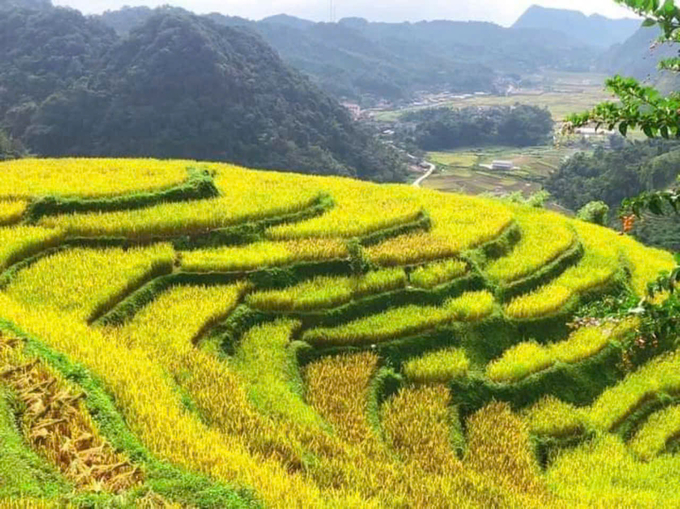
Golden season in Tan Lac highlands.
After training and supporting the Muong people of Mrs. Thuong’s hometown in organic agriculture, the Japan Voluntary Organization (JVC) invited the commune leaders and advanced farmers here to Italy twice in 2006 and 2008 to attend the world organic conference with 141 countries and over 7,000 delegates participating. Each country set up a booth to introduce its agricultural products.
Mrs. Thuong brought out her hometown’s sticky rice to make banh chung, boiled it, and then offered it to the world delegates. After trying it, everyone exclaimed, saying that Vietnam’s organic rice was so delicious, Vietnam’s organic cakes were so wonderful. This was truly a strange thing for them because many countries participating in the organic conference did not have rice like Vietnam, but only oats and wheat.
Previously, the Muong people in Tan Lac district (Hoa Binh province) grew rice in multiple rows, but the Japanese taught them how to grow rice in single rows, fertilize with manure, and not spray chemicals, thus reducing pests and improving quality.
Mr. Bui Van Don in Xom hamlet (Van Son commune) has 3 sao of rice and still applies this organic production method. Specifically, he collects grass and by-products from farming and mixes them with manure, covers them with mud to generate heat to kill all pathogens, composts them from October to February of the following year to make organic fertilizer and then rakes them out to fertilize. During the rice cultivation process, he almost never sprays chemical pesticides, yet he rarely gets sick with pests.
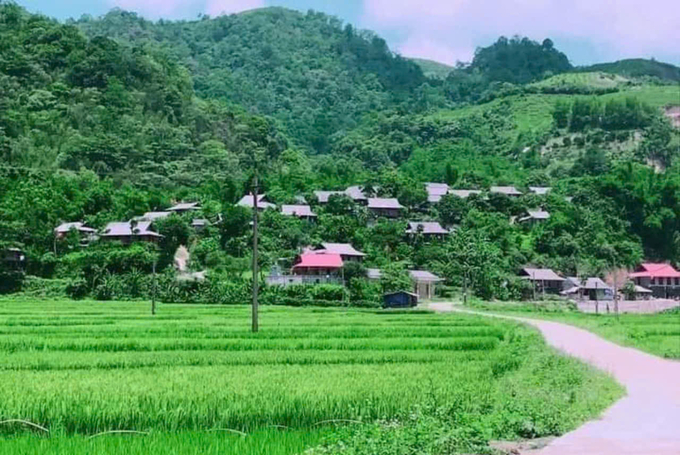
Nowadays, indigenous rice varieties grown in the traditional organic direction are at risk of disappearing in the highland villages of Tan Lac district.
It is not the same as decades ago, when the old cooperatives were still in use, the more pesticides were used, the more pests developed. People relied entirely on chemicals, but there were years when worms still ate rice as if they were being eaten by a herd of buffalo. Since people started to practice organic farming, pests have decreased significantly, and many rice crops here no longer require pesticide spraying.
However, the concern is that organic products often have worse appearance and the selling price is only equal to that of conventional products, so it does not encourage them to expand their acreage. In addition, native rice varieties such as purple sticky rice and Taipei Tam only yield 1.2 - 1.4 quintals/sao, so many households do not want to keep them and have switched to new hybrid and pure rice varieties.
Mrs. Thuong said that many young people nowadays have abandoned old rice varieties because they think they have low productivity, but she is determined to keep them. Like the most delicious native Taipei Tam variety, she saw it when she was growing up, and even 80-90 year olds do not know when it appeared.
This variety can only be grown in the spring and has the advantage of being very cold-resistant, so the seedlings do not need to be covered. There are times in the winter when the trees on the mountain tops freeze, the water in the streams freezes, but the seedlings of Dai Bac Tam still survive. Previously, several highland communes of Tan Lac district had purple sticky rice and Dai Bac Tam, but now they are becoming increasingly rare because many people are chasing convenience in farming and productivity.
The trend of fast living and fast production also makes many people forget about sustainable farming models such as rice - duck. Accordingly, on the same rice growing area, if ducks are raised together, we will save weeding work, reduce investment costs for buying chemical fertilizers and pesticides, and benefit the environment and health. However, because selling rice and ducks according to that organic production model does not fetch a higher price than conventional production, many people become discouraged and give up. That is also the common situation of many organic agricultural products in the Tan Lac highlands.
Source: https://nongsanviet.nongnghiep.vn/nhung-giong-lua-ban-dia-cua-nguoi-muong-dang-dan-bien-mat-d405674.html


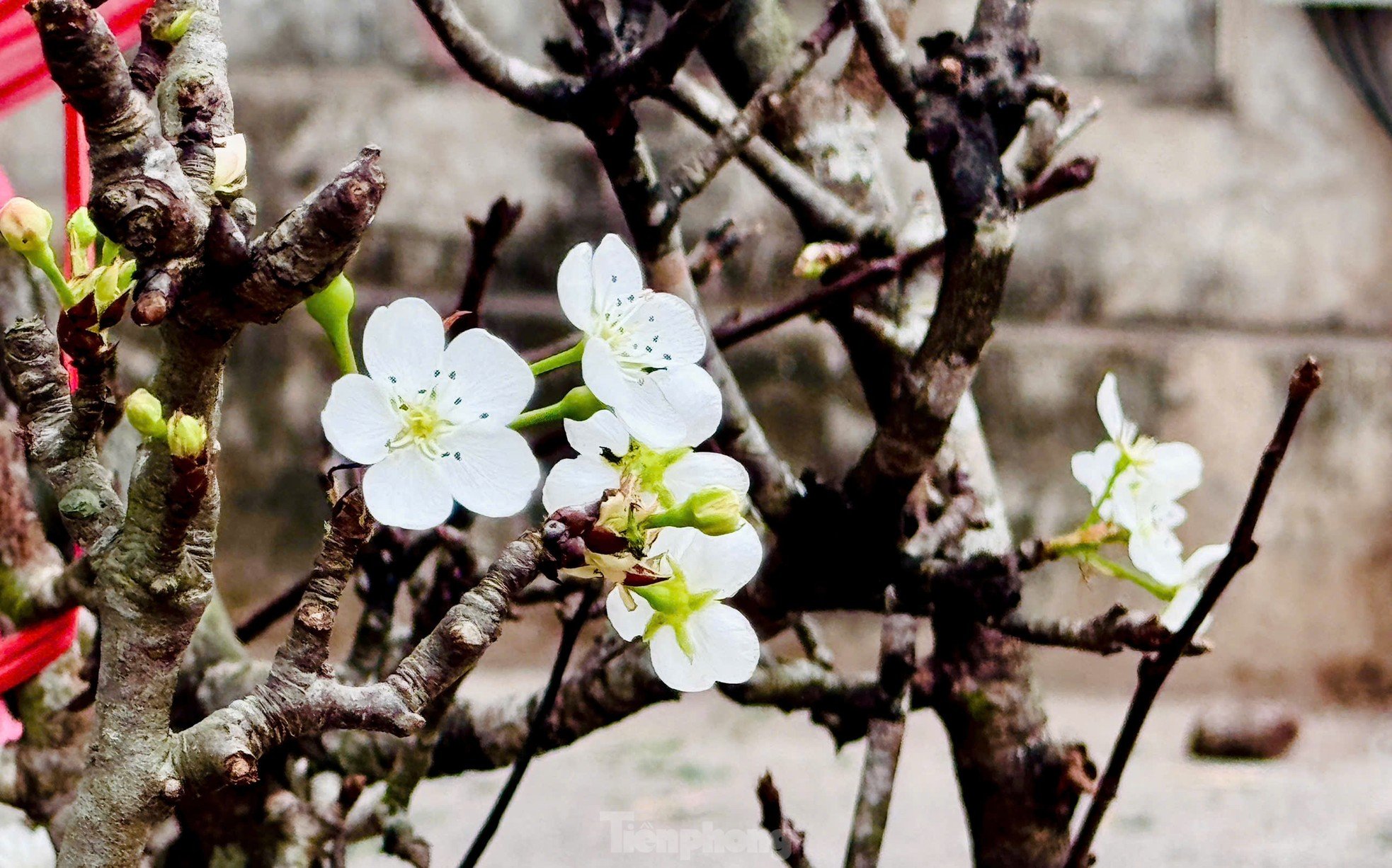
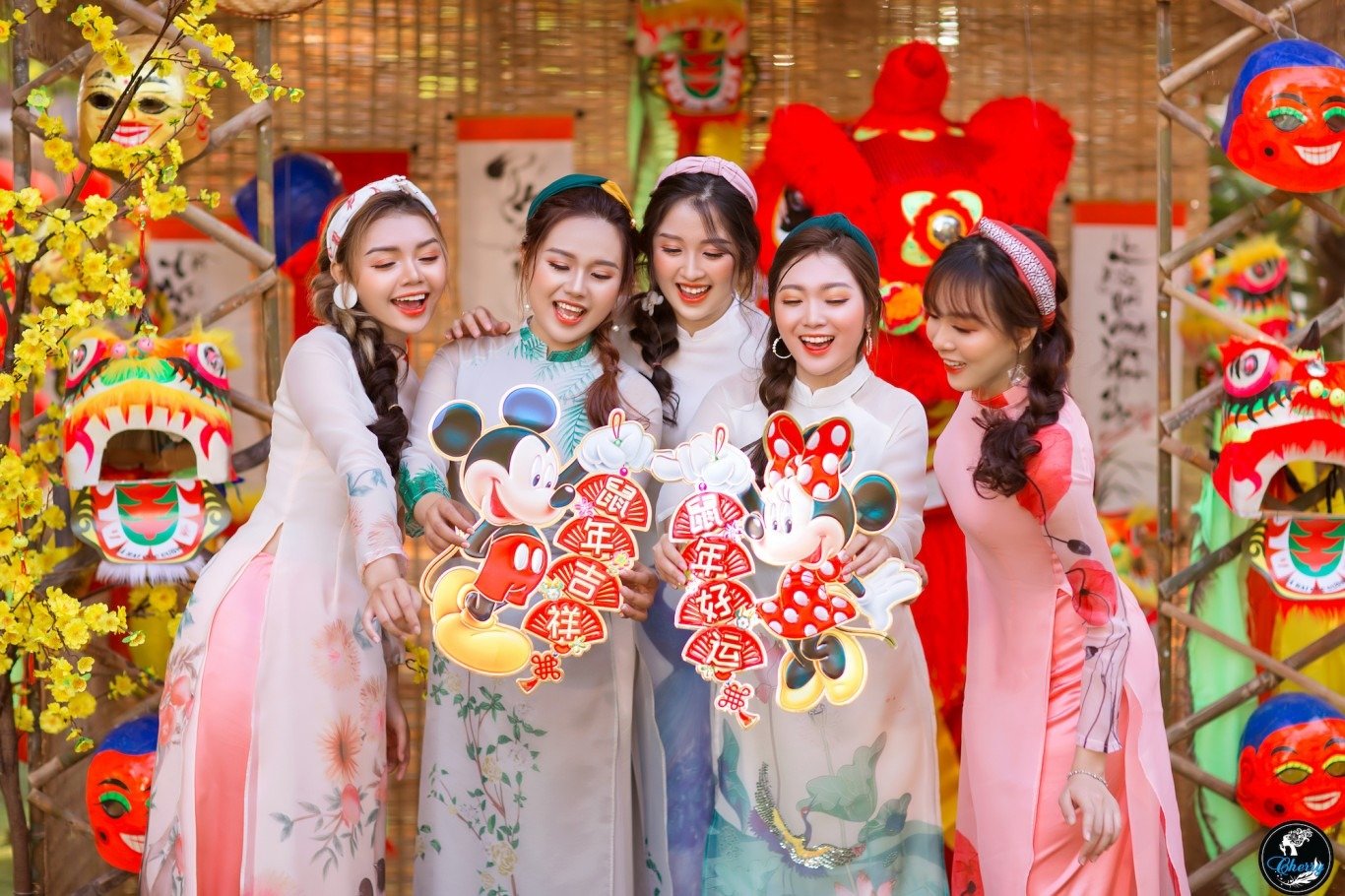
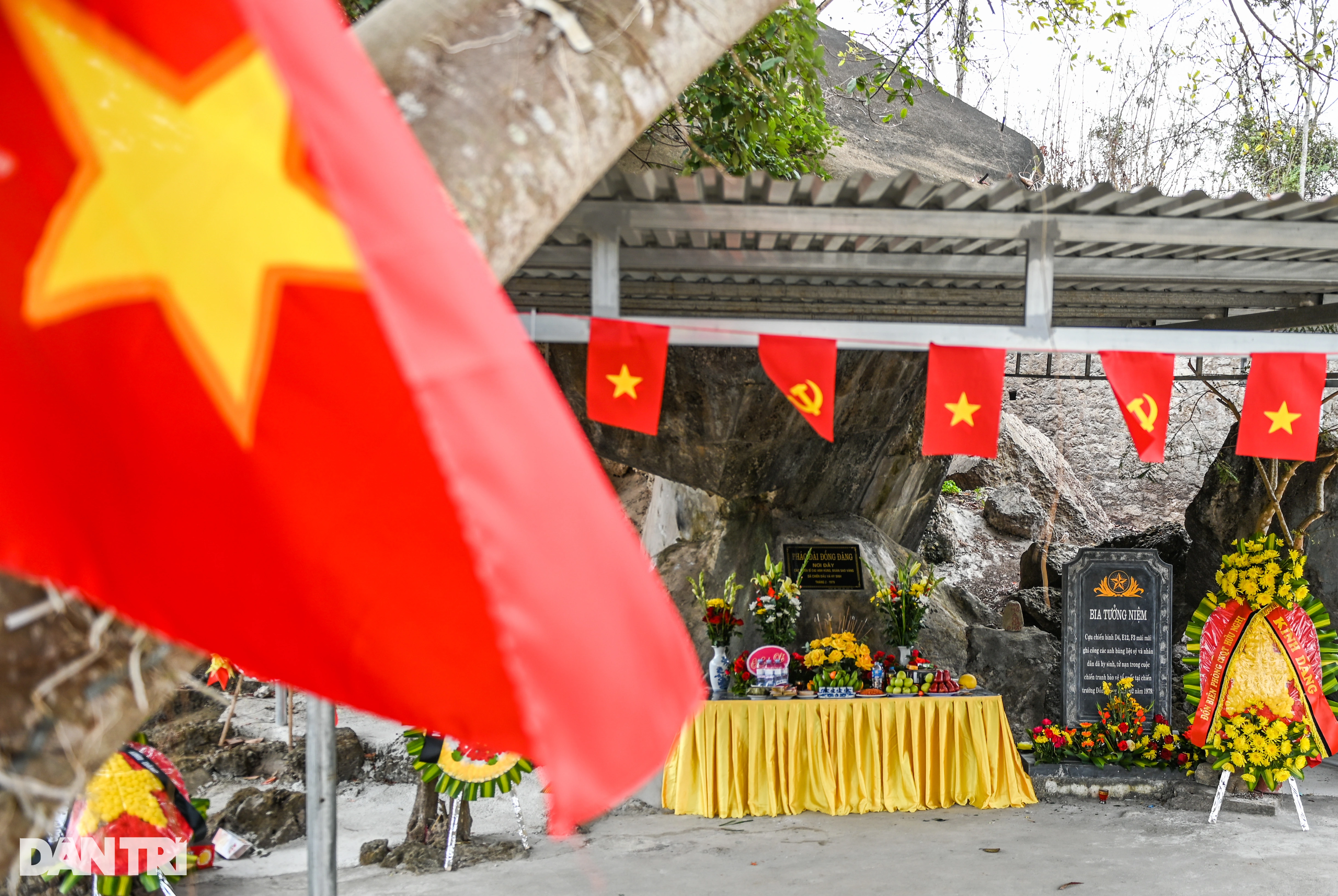
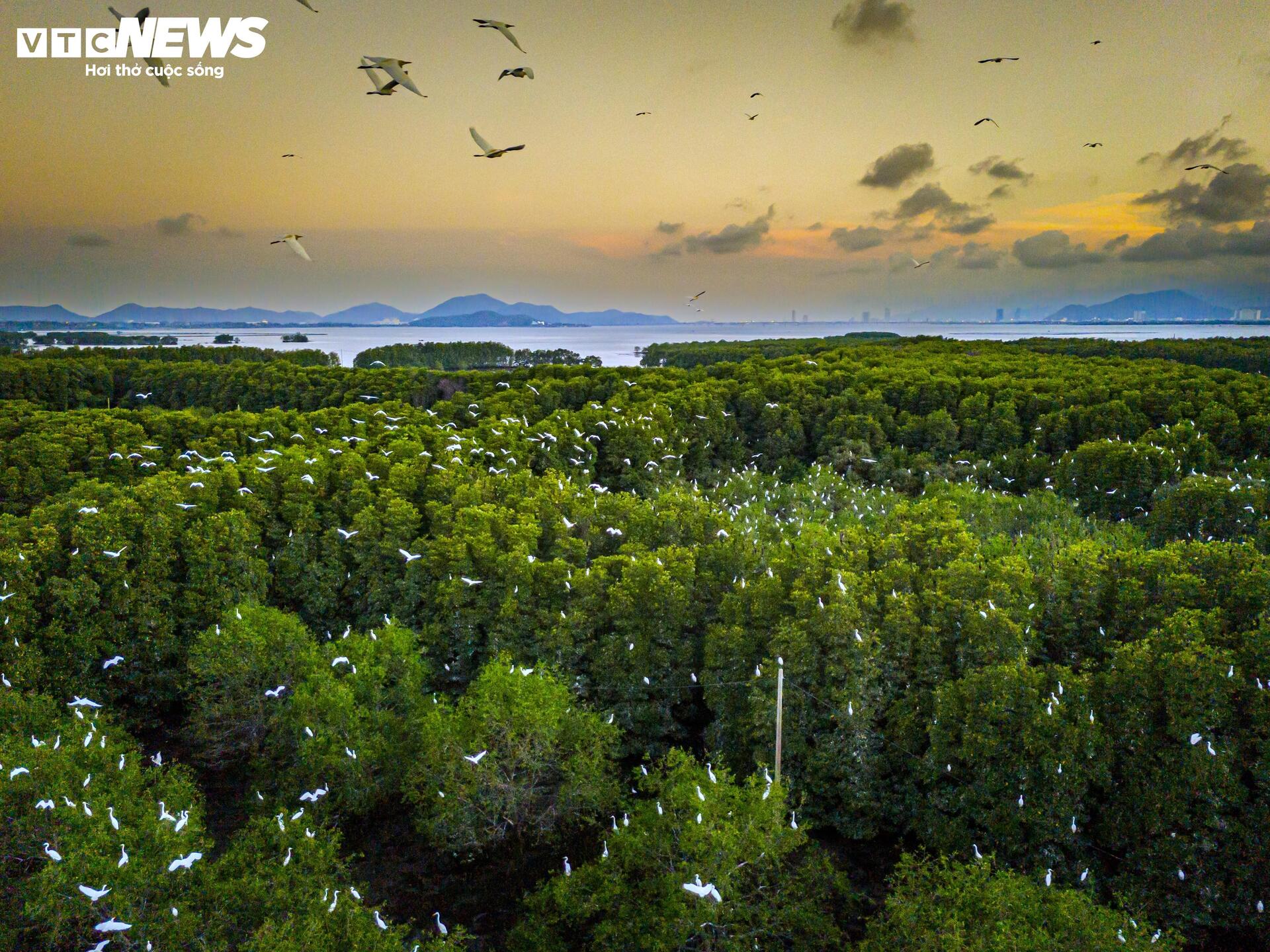
























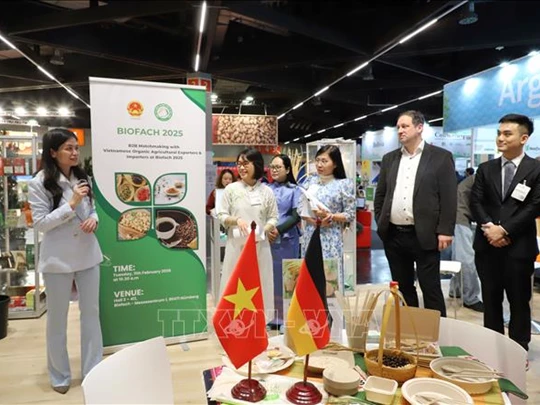

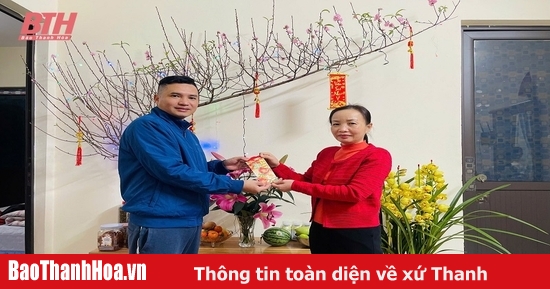
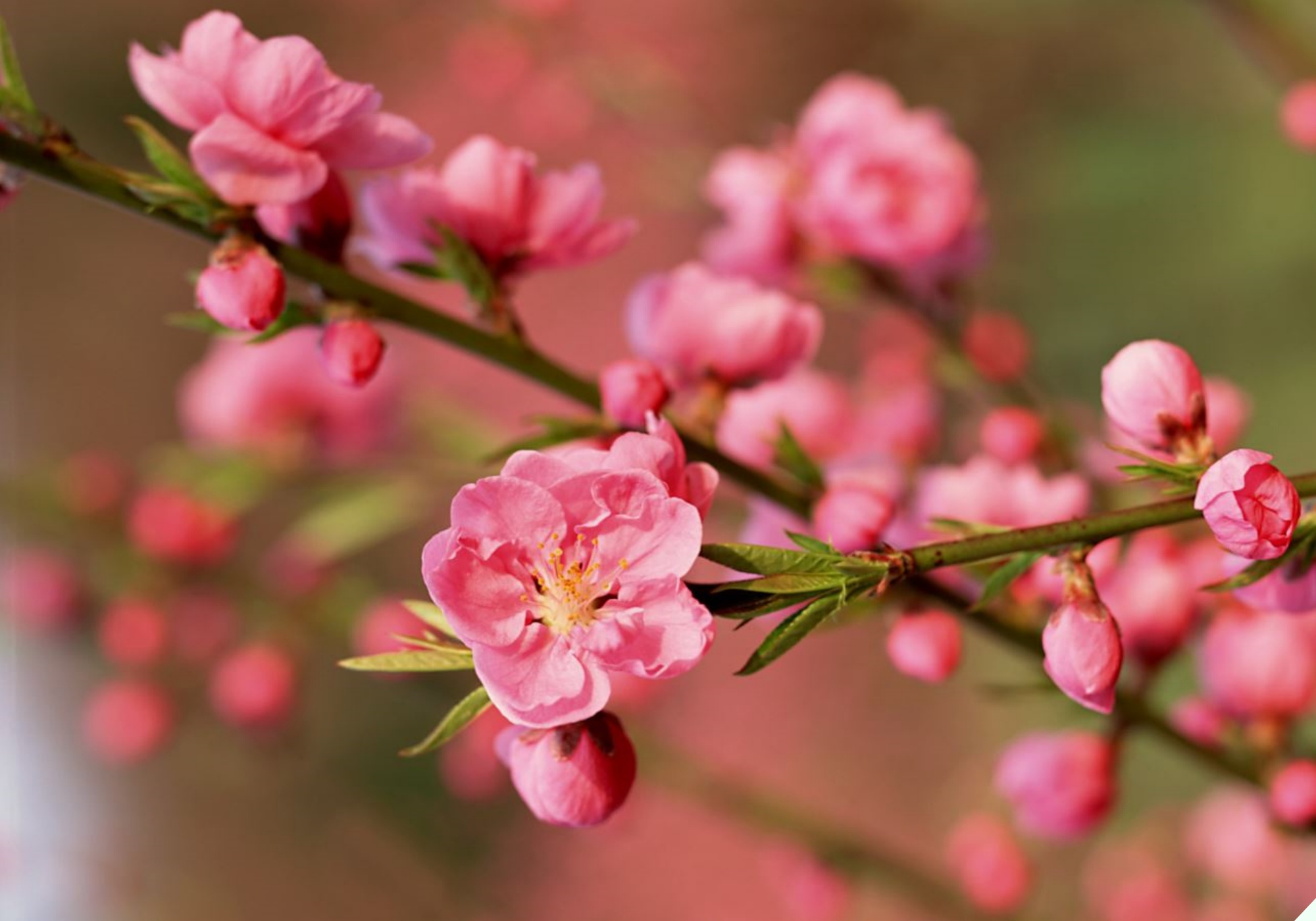

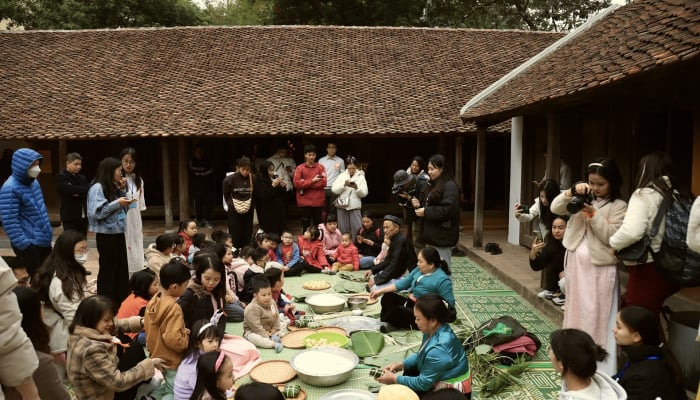

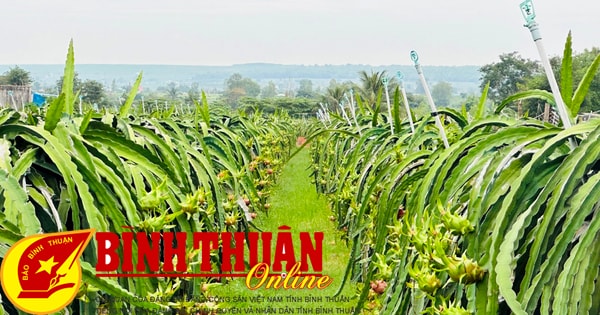
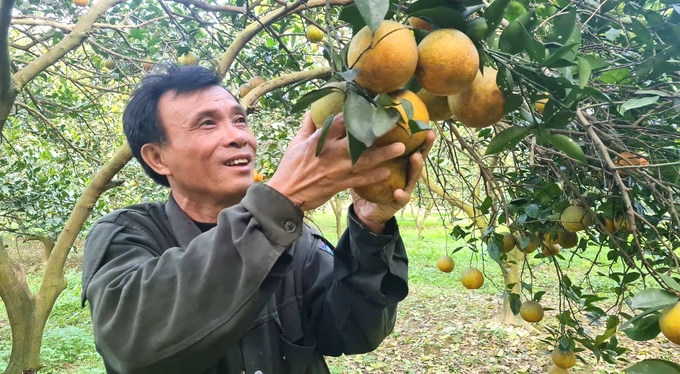
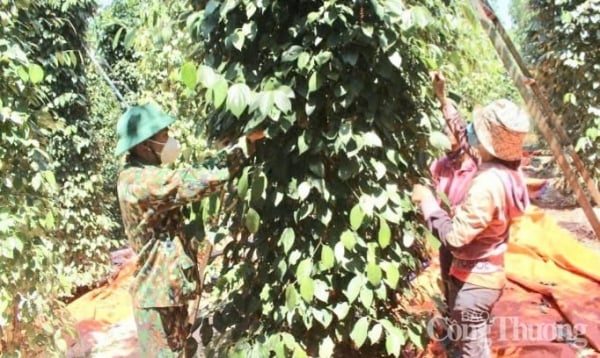

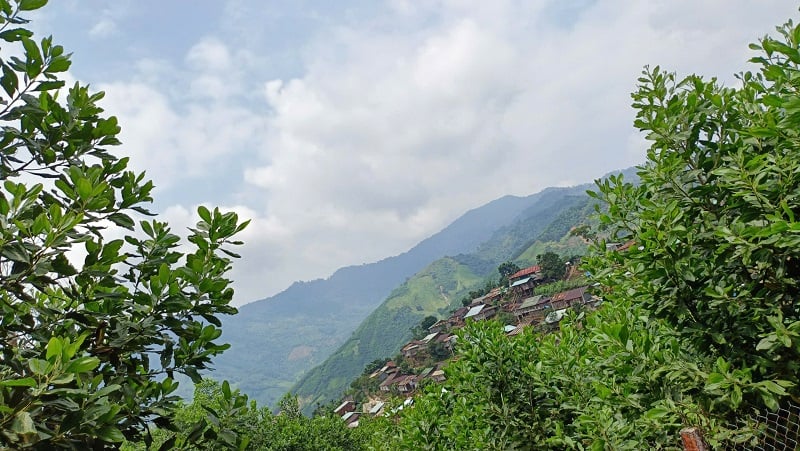

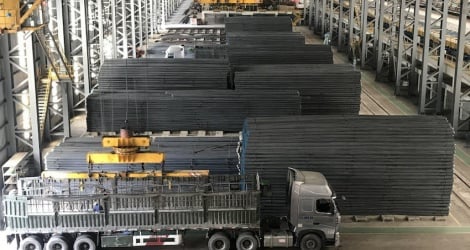
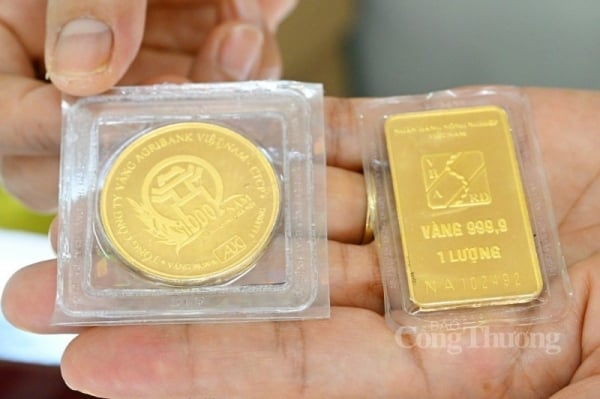


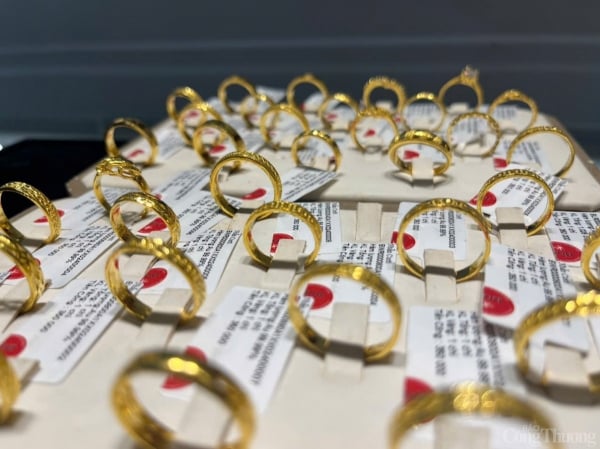
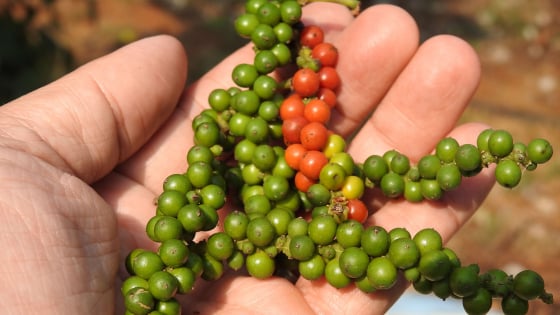
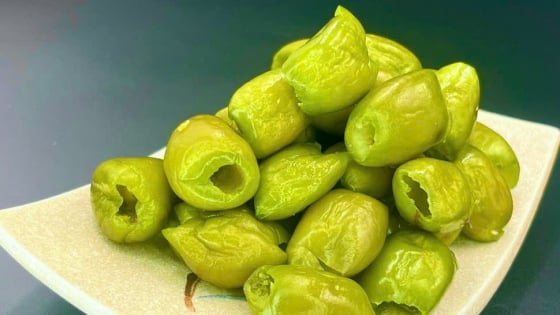
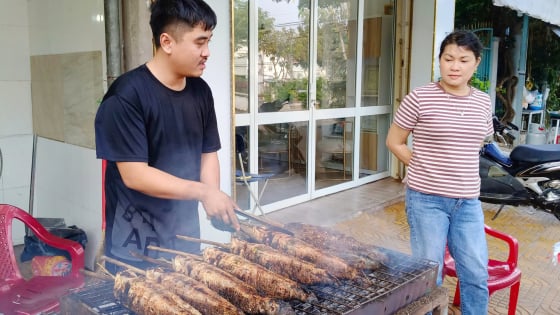
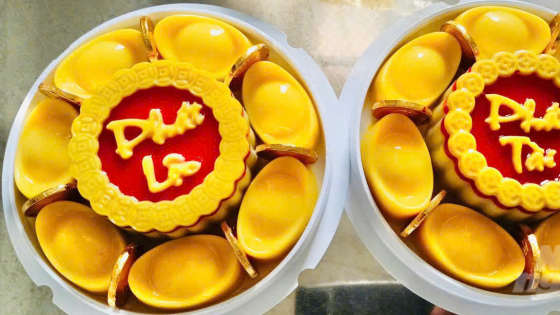
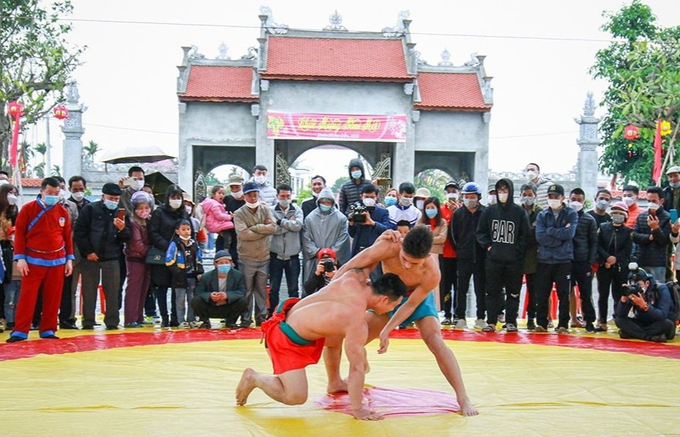
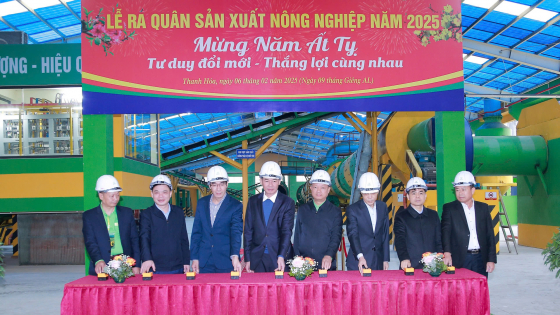


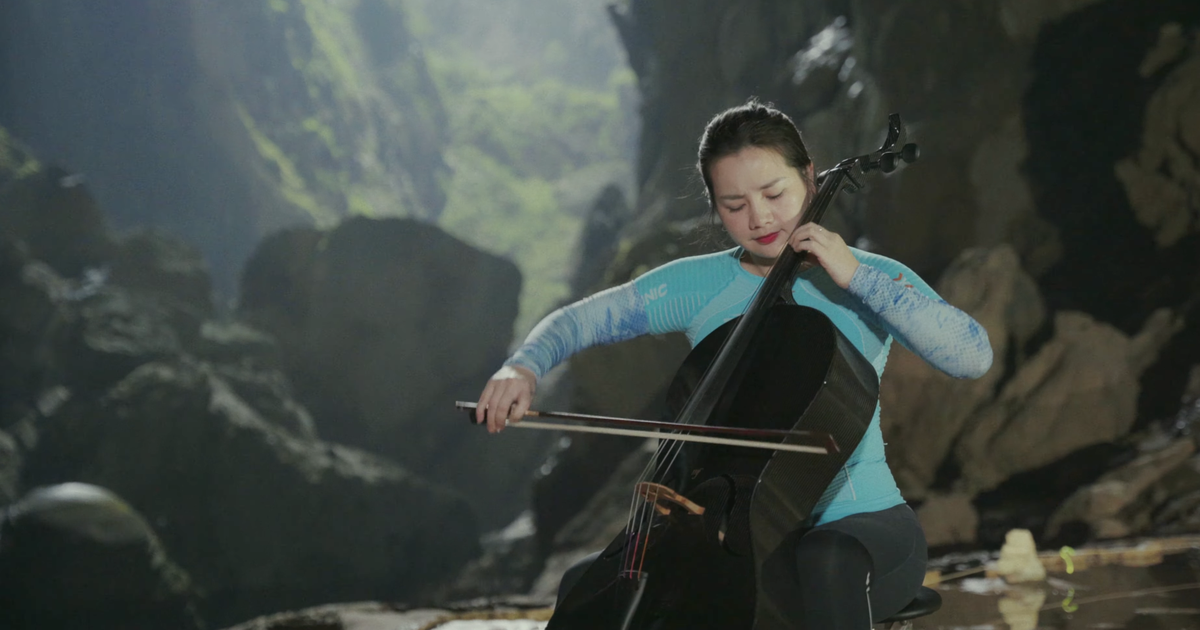

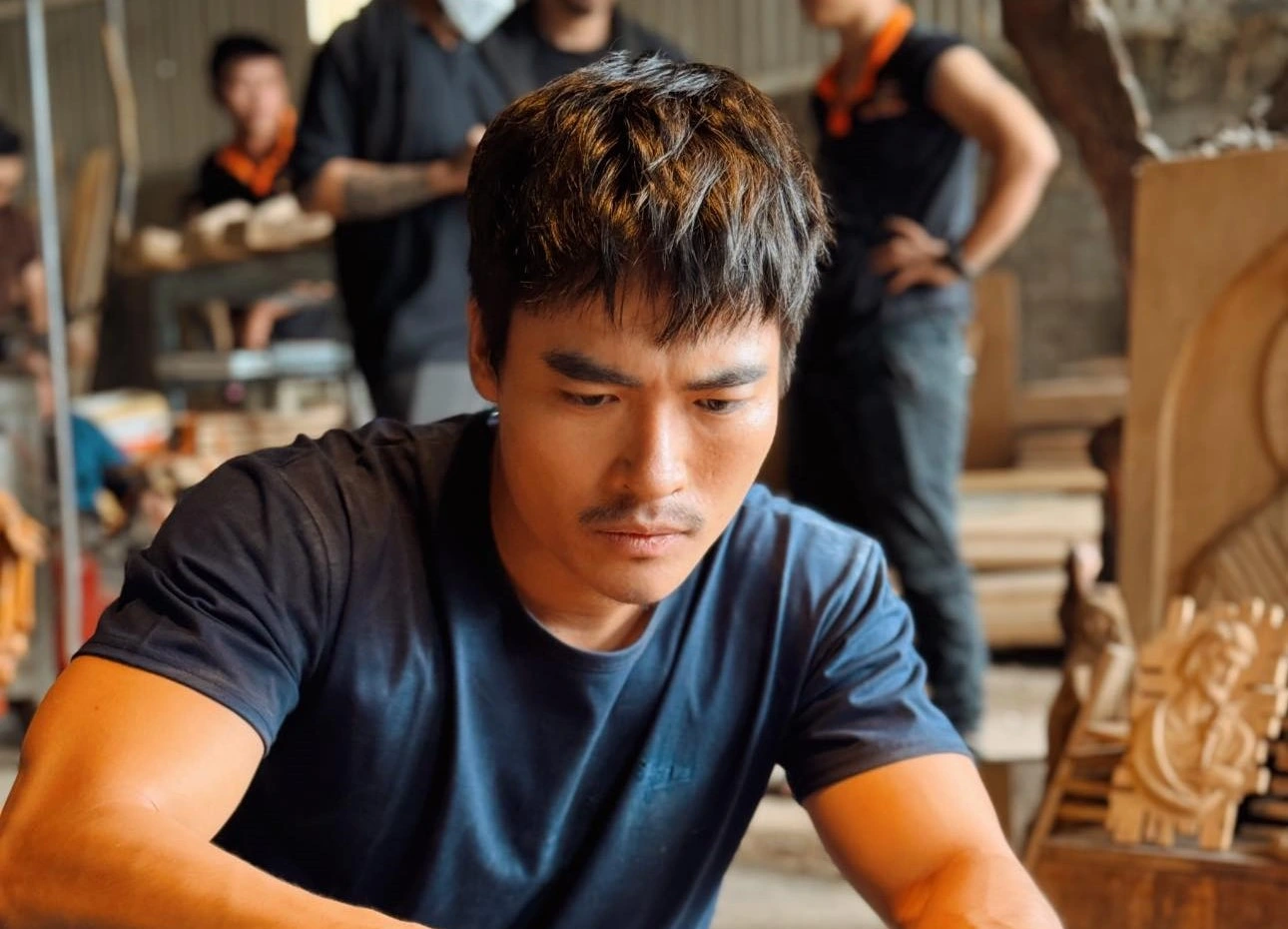









Comment (0)